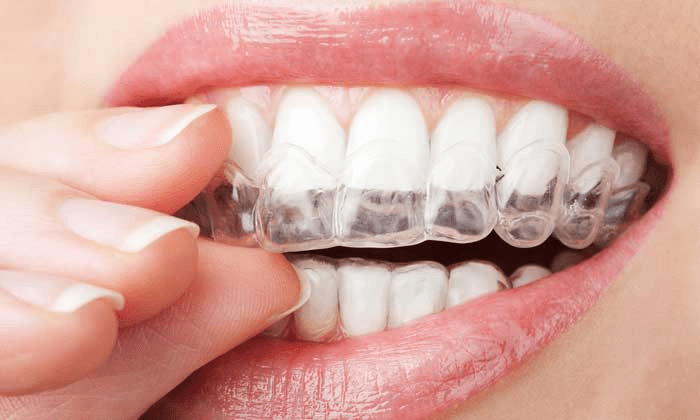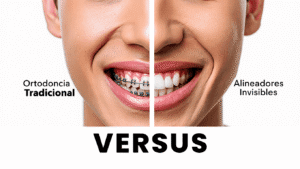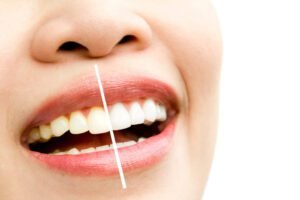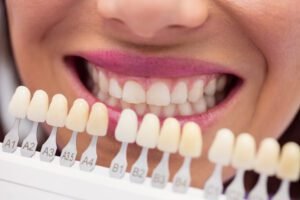A splint for bruxism? Not all are created equal… or safe
Do you feel like you’re clenching your teeth without even realizing it? You’re not alone. More and more people are living with the consequences of bruxism without knowing it—and worse, many are using splints without medical supervision, trusting internet purchases or influencer recommendations.
And that’s where the real problem starts. Because not all splints are the same. In fact, using the wrong splint can be like trying to clean a wound with alcohol: it stings, it hurts, and instead of healing, it makes things worse.
The trend of self-prescribing splints: when relief becomes the problem
In the age of influencers and tutorials, we’ve normalized the idea of “self-treatment.” And with bruxism, something curious happens: since the pain is vague, since it’s “just tension,” since it seems minor… many think any splint will help. Just hop on Amazon, pick the one that looks “pro,” and done! Problem solved. Right?

Wrong. Because without a clinical diagnosis, without knowing whether your bruxism is daytime or nighttime, tension-related or functional, whether there’s wear, fractures, or bite issues… using a generic splint can be like trying to put out a fire with gasoline.
What a well-designed splint actually does… and what a generic one doesn’t
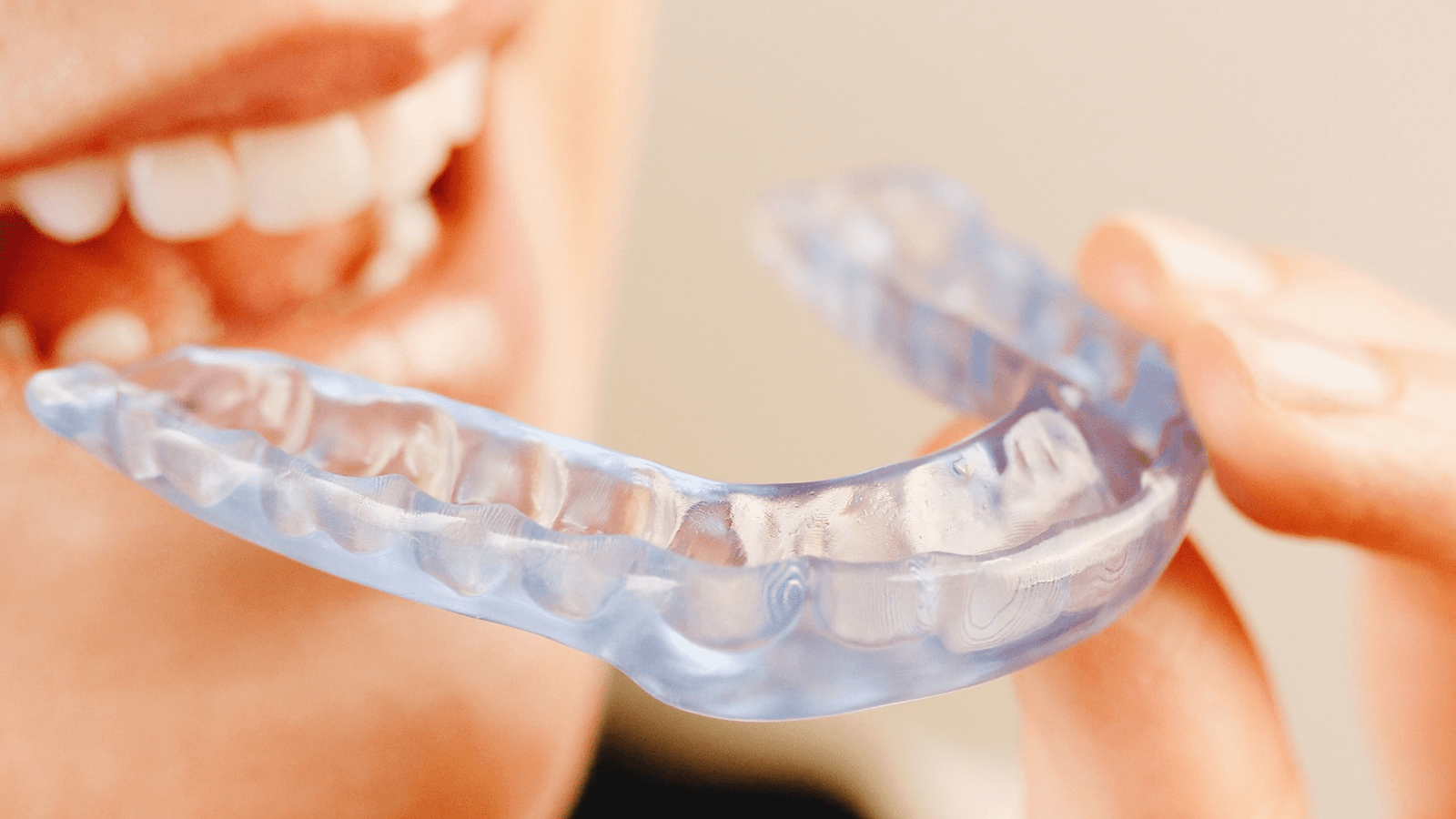
It’s designed based on a personalized diagnosis, with bite analysis, contact mapping, muscle evaluation, and continuous follow-up.
The goal of a proper splint is to distribute force symmetrically, relieve joint tension, allow controlled muscle relaxation, and prevent microtrauma the patient doesn’t even notice—but that slowly destroys teeth, gums, and joints.
Now… what does a generic splint do?
None of that.
It just gets in the way. Or worse: it can negatively alter your bite, increase tension, break contact points, and create a false sense of relief that ends up making the problem chronic.
✖️ Not the same thing: Retainer, splint, night guard — three names, three functions (and lots of confusion)
Sometimes in the clinic I hear things like:
— “I already have a guard, but nothing’s changed.”
— “I had a retainer made and I wear it to sleep.”
— “I bought a splint online that said it was for bruxism, but I don’t see any improvement.”
And everything gets mixed up: the retainer (post-orthodontics), the soft guard (sold over the counter), and the rigid splint (therapeutic and regulated) are not the same thing.
That’s where the chaos begins. Because what’s designed to hold dental position doesn’t relieve pressure. What’s meant to “protect” without diagnosis doesn’t align. And what’s worn as a barrier without customization, doesn’t heal. It just delays the damage.
The silent risk: splints that worsen pain and accelerate wear
Yes, you read that right. Using a splint without professional guidance can make bruxism worse.
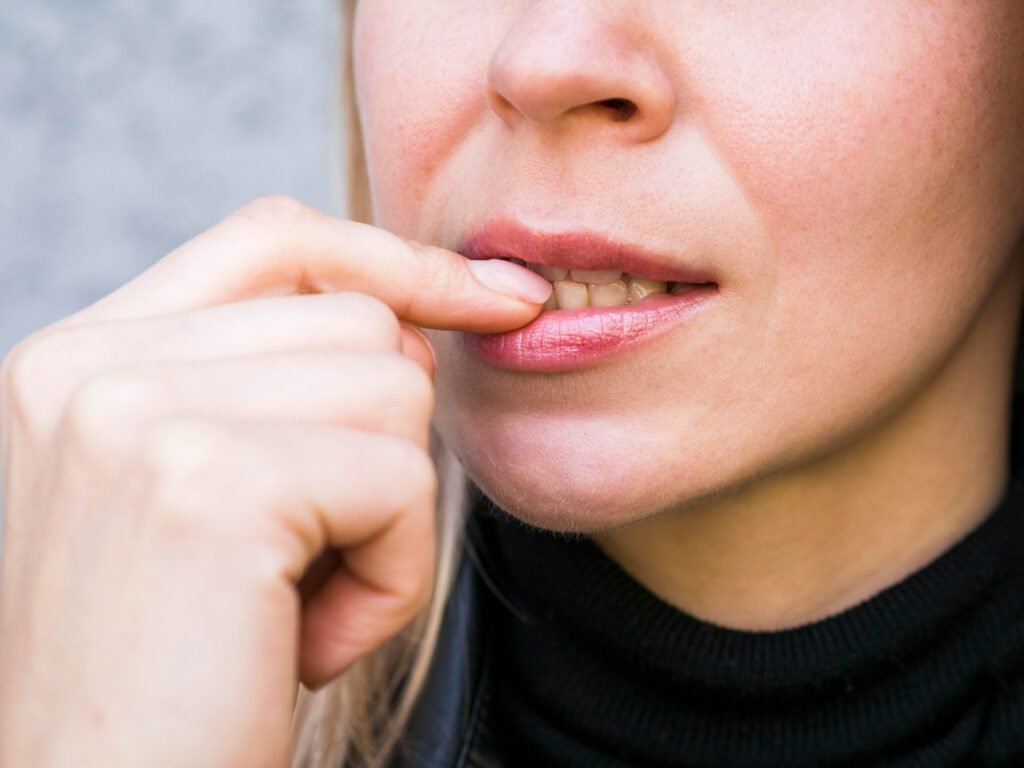
👉 Why? Because changing your contact points without knowing what you're doing can alter how your teeth close, affect the temporomandibular joint, create overload in new areas… and all of this, without you noticing, speeds up the damage.
As Dr. Alejandra Mora says:
“A poor diagnosis can accelerate the problem. I’ve seen cases where pain worsens—or even starts—after using a badly designed splint.”
It can even cause new symptoms: waking up with headaches, neck tension, vertigo, or even ear ringing. Yes, all of that can be caused by a bad splint. No one tells you—but it happens.
What I see in practice: confusion, frustration, and more bruxism than before
Let me speak from real experience. I’ve seen patients come in desperate:
— “I wear my splint every night and nothing changes.”
— “They made it for me years ago… shouldn’t it still work?”
— “I bought one at a pharmacy, but it hurts more than before.”
And the answer is always the same: if there’s no diagnosis, there’s no treatment. Just a piece of plastic that fools you.
Because real occlusal splints require prior study, follow-up, and regular adjustments. They’re not the same as retainers or those “universal guards.” The good ones have symmetrical contact points, are rigid and thick, and are designed to relieve—not just to “have something in your mouth.”
What should a professional splint include? Let me make it clear

✅ Hecha a medida con impresión digital o física
✅ Fabricada en acrílico rígido, no blando
✅ Ajustada con criterio clínico, no solo puesta en boca
✅ Supervisada cada cierto tiempo por el especialista
✅ Con puntos de contacto simétricos y controlados
✅ Diseñada para el tipo específico de bruxismo del paciente
And most importantly, part of a comprehensive approach: stress reduction, relaxation techniques, physical therapy if needed, and in some cases, orthodontic or restorative treatment if structural damage exists.
Conclusion: No diagnosis, no treatment. Just plastic pretending to help
Bruxism is a complex condition. It’s not just clenching your teeth. It’s a sign of tension, anxiety, altered occlusion… and it can’t be fixed with a splint you bought online.
You need a plan. A real diagnosis. A splint made just for you, with clinical follow-up. Everything else—sorry—is a placebo. And sometimes worse than a placebo.
At AM Dental Studio in Zapopan, Guadalajara, we see this every day. And we’ll tell you clearly: if it hurts, if you grind, if you wake up with jaw pressure… don’t buy the solution. Get a consultation first.
Because your dental health doesn’t deserve shortcuts.

